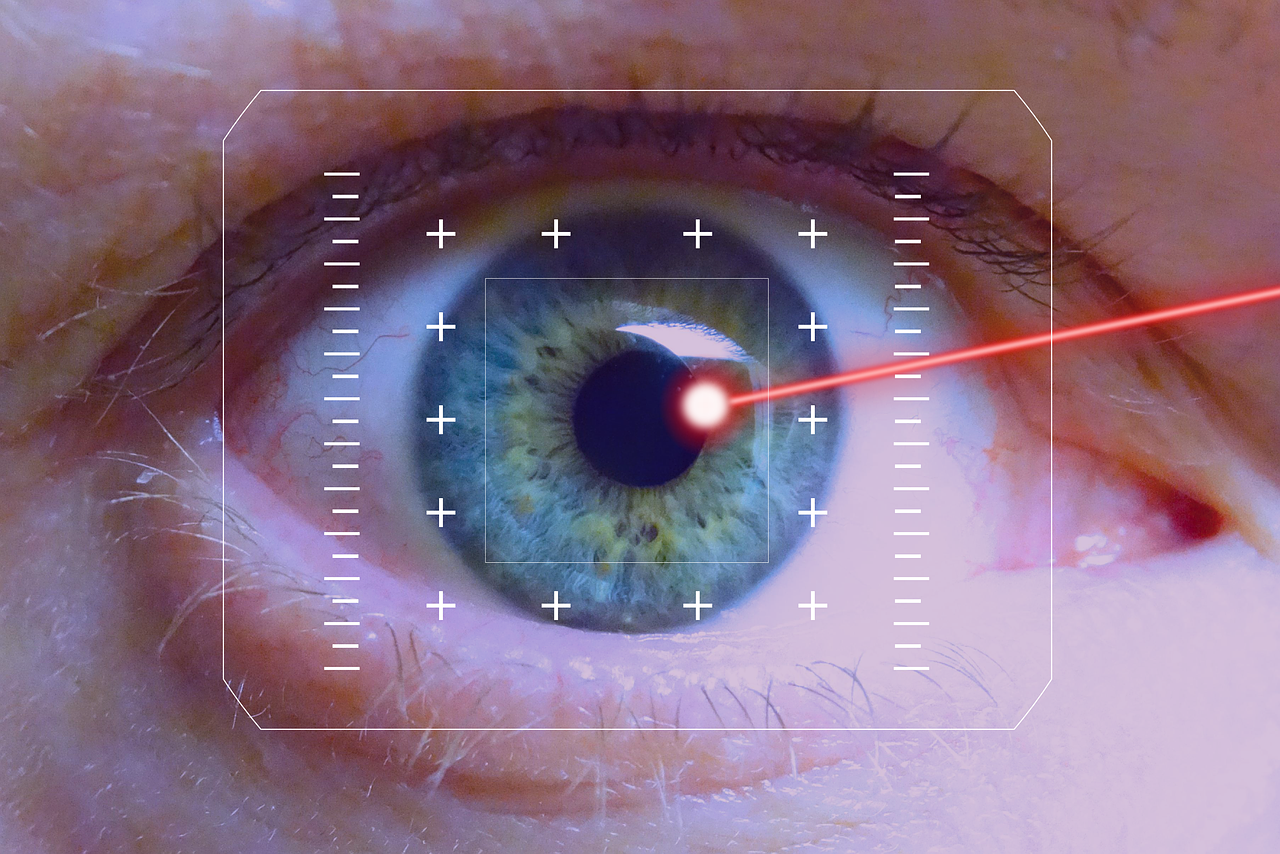What Treatments Might You Expect for Glaucoma?
Glaucoma is a progressive eye disease that affects the optic nerves. It is considered the second-leading cause of blindness worldwide and is a silent killer among eye conditions. With more and more people being exposed to radiation risks through their constant use of gadgets and mobile phones and sitting in front of computer monitors for an extended period, the danger of contracting glaucoma is more significant than ever.
The condition may or may not have symptoms manifest as the case appears differently from person to person. However, once the symptoms begin, there’s only a small chance the patient will stem the advance. Most of the time, people don’t recognize the onset of these symptoms and often only consult an ophthalmologist when the symptoms become too severe or debilitating.
However, all is not lost. There are several procedures and treatments that doctors could recommend to manage glaucoma. Some may prescribe non-invasive procedures; others may call for the surgical route depending on the severity of the case. The SLT YAG treatment for glaucoma is another route to consider, as laser procedures increase the chances of recovering vision and acuity.
If you’re wondering what glaucoma treatments are available, you may want to consider these.
Selective laser trabeculoplasty (SLT)
If your doctor diagnoses you as having open-angle glaucoma, there’s a huge chance he will recommend selective laser trabeculoplasty (SLT) as one of the treatment options. SLT will help reduce eye pressure in conjunction with your use of topical eye drops. However, the effect of this procedure is only temporary. It lasts from anywhere between 6 months up to 5 years per eye. The good news is your doctor can do the procedure up to four times per eye.
YAG laser peripheral iridotomy (YAG PI)
If your doctor says you have either narrow-angle glaucoma or acute angle-closure glaucoma, chances are one of the options he’ll provide you is the YAG laser peripheral iridotomy (YAG PI). This is an outpatient procedure and a tiny opening in the iris created by the doctor allows the aqueous liquid to flow correctly. Although doctors also use topical anesthesia through eye drops, the procedure doesn’t require sedation. Instead, patients sit in front of the laser. The doctor then places a lens on the eye to control the beam’s path. It only takes a few minutes to complete the treatment, and there’s little to no pain involved post-operatively.
Topical eye drops
If your case still doesn’t require the use of a laser or surgery, your doctor can prescribe the use of topical eye drops or other medication. These drops will decrease fluids in the eyes and spur drainage to reduce eye pressure, leading to a more relaxed optic nerve.
Optical Surgery
When laser or eye drops no longer work, your doctor can resort to surgery. It may be invasive, but it may be the only way to manage the progressive vision loss you could be experiencing.
Takeaways
There are several ways to manage glaucoma. However, since glaucoma is already a lifelong condition, these procedures can only alleviate it and not completely treat it.

